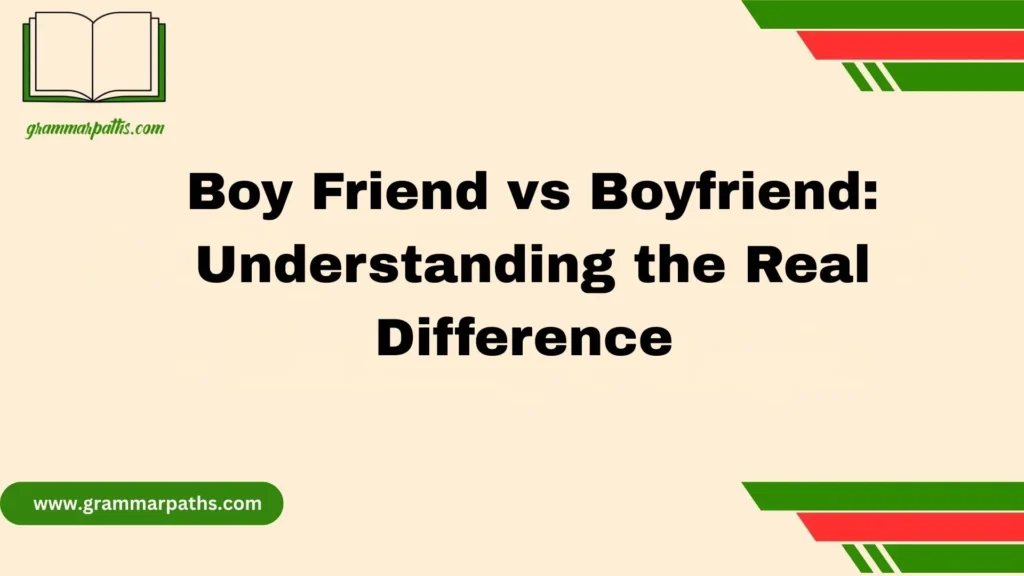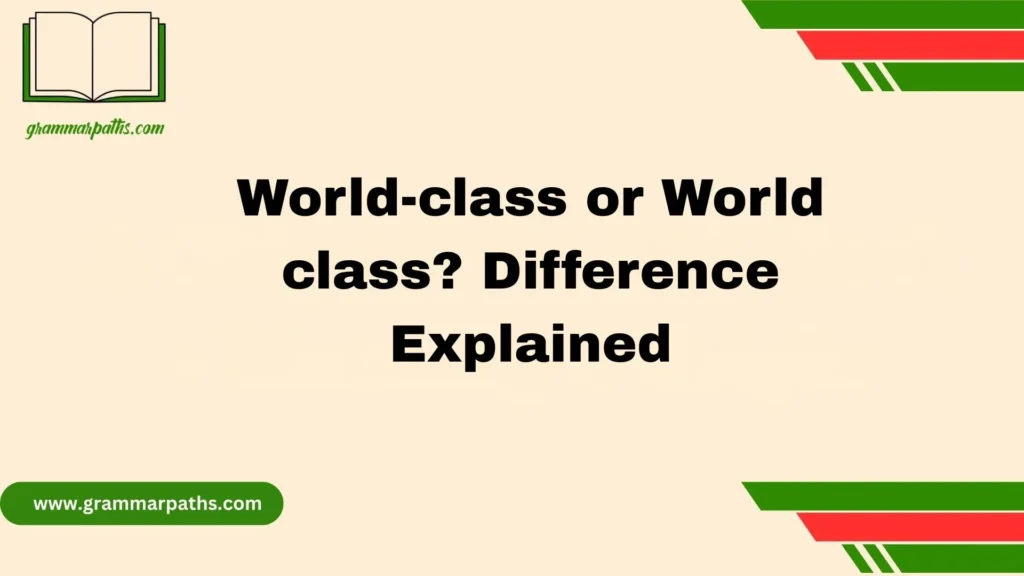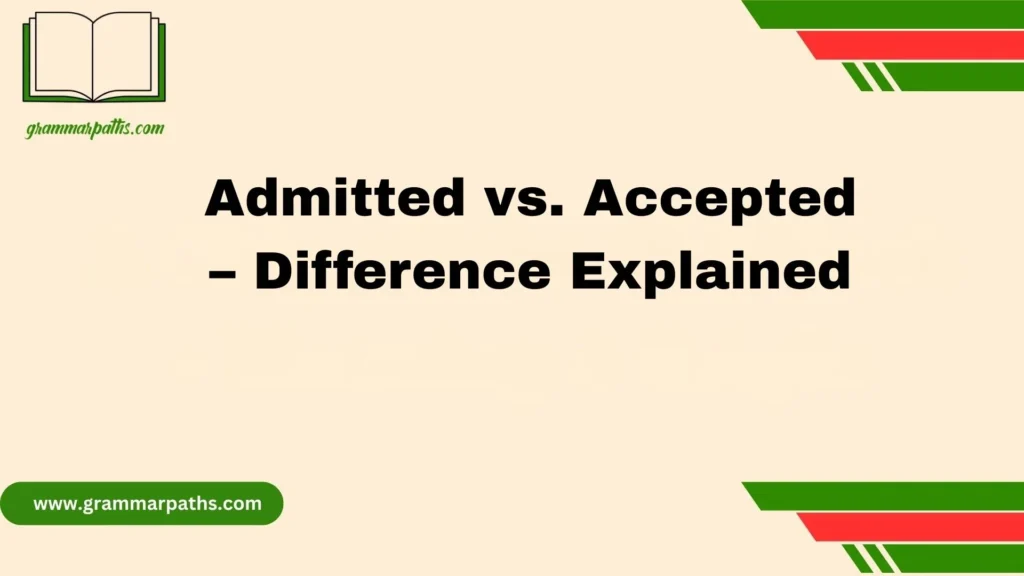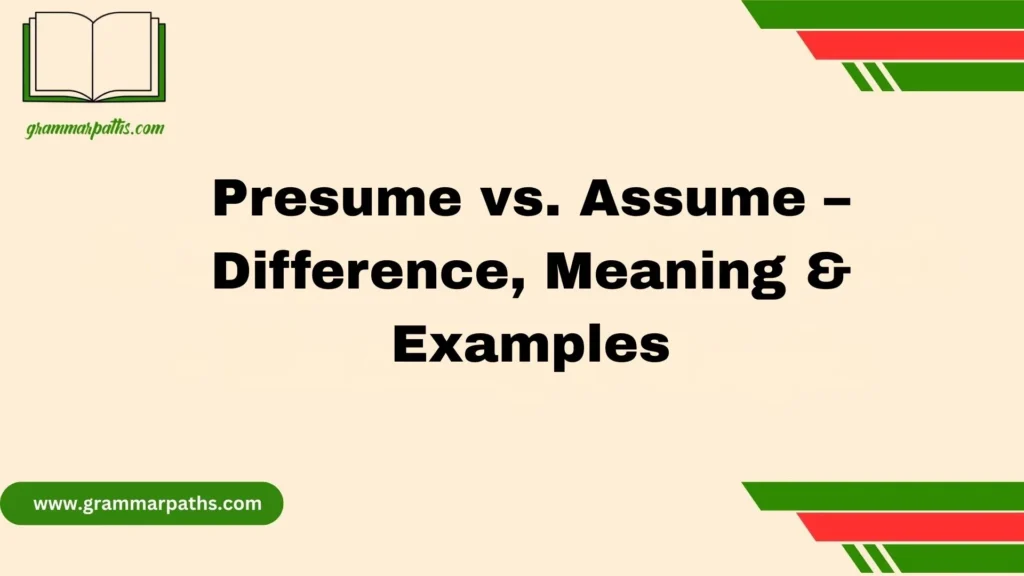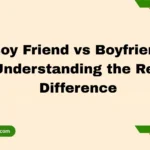The phrase “Over the Top” has evolved over time, carrying multiple meanings depending on the context. In general, it describes something that is excessive, exaggerated, or beyond normal limits. When someone or something is called over the top, it often means they have gone beyond expectations, either in a positive or negative way. For example, a performance that’s full of energy and emotion can be praised as over the top, while behavior that feels too dramatic or showy might be criticized with the same phrase.
In modern times, the term also holds a special place in the digital entertainment industry. Over-the-top (OTT) services refer to platforms that deliver streaming media content directly to viewers via the internet, bypassing traditional cable or satellite systems. Examples include Netflix, Amazon Prime Video, and Disney+. This OTT meaning reflects the shift toward on-demand digital consumption, where users have full control over what and when they watch.
What Does “Over the Top” Mean?
At its core, the idiom “over the top” refers to something that is excessive, exaggerated, or beyond what’s considered normal or reasonable. It’s often used to describe actions, emotions, or expressions that go too far — though depending on tone, it can sound admiring or critical.
| Context | Meaning of “Over the Top” | Example Sentence |
| Behavior | Too dramatic or exaggerated | Her reaction to the surprise party was a little over the top. |
| Fashion | Flashy or extravagant | That gold sequin jacket is so over the top! |
| Media | Exaggerated performance or style | The movie’s action scenes were completely over the top. |
| Compliment | Impressively bold or enthusiastic | His speech was over the top—in the best way possible. |
Tone matters.
When someone says “That’s over the top!” with a smile, it might mean impressive or fun. But said with a frown, it can imply too much or ridiculous. The magic lies in how it’s delivered.
The Origin Story: From the Trenches to Pop Culture
The idiom’s origin isn’t rooted in fashion or movies—it’s born from warfare.
During World War I, soldiers in trenches would literally go “over the top” of their protective walls to charge into No Man’s Land—the dangerous, open battlefield between enemy lines. This was one of the most perilous moments in combat.
“Going over the top” meant exposing oneself to enemy fire. It was an act of bravery—sometimes desperation.
How the Phrase Evolved
After the war, the phrase slowly took on metaphorical meanings. People began using it to describe actions that were bold, daring, or excessive. What started as a literal act of physical risk became an idiom for emotional or creative boldness.
By the mid-20th century, “over the top” was being used widely in journalism, entertainment, and daily speech — signaling intensity, drama, and flair rather than battlefield bravery.
Literal vs. Figurative Meaning – How the Phrase Transformed
To appreciate the phrase fully, it helps to separate its literal roots from its figurative uses.
| Type | Meaning | Example |
| Literal | Physically going above or beyond a top or boundary | The soldiers went over the top at dawn. |
| Figurative | Doing something to an extreme or exaggerated degree | His proposal was so romantic—it was over the top! |
The figurative shift occurred naturally as English speakers borrowed the phrase from military vocabulary and applied it to emotional, social, and artistic situations. This linguistic evolution mirrors how humans use metaphors to make sense of intense experiences.
Think of it like this:
Just as soldiers once took risks physically going over barriers, today’s creatives, performers, or even everyday people go emotionally or socially over limits — chasing attention, excitement, or impact.
Using “Over the Top” in Everyday Speech
You probably use this idiom more often than you realize. It’s everywhere—from office chatter to social media captions.
When to Use It
Use “over the top” when describing:
- Exaggerated reactions: “Her laugh was over the top.”
- Luxurious styles: “The wedding décor was stunning but over the top.”
- Dramatic actions: “His apology was so over the top—it felt fake.”
- Passionate performances: “Her singing was over the top but powerful.”
Common Mistakes
| Incorrect Use | Why It’s Wrong | Correct Form |
| He was over top happy. | Missing article “the.” | He was over the top happy. |
| Over top performance! | Incomplete idiom. | That was an over-the-top performance! |
| The cake is so over top. | Missing proper structure. | The cake is so over the top. |
Pro Tip
To sound natural, stress the words “over the top” with a hint of exaggeration in your tone — just like the phrase itself suggests!
“Over the Top” in Media, Marketing, and Entertainment
If there’s one industry that thrives on being “over the top,” it’s entertainment.
From action-packed blockbusters to reality TV, going beyond moderation is part of the show.
Audiences love spectacle. It’s why directors, musicians, and influencers often push boundaries — sometimes deliberately.
Case Study: Hollywood Examples
| Movie/Show | What Made It “Over the Top” |
| The Wolf of Wall Street | Excessive partying, loud personalities, and intense emotion |
| RuPaul’s Drag Race | Extravagant costumes and flamboyant performances |
| Avengers: Endgame | Massive scale and emotionally heightened storytelling |
| Elvis (2022) | Lavish visuals and over-the-top performances echoing the artist’s real life |
This cultural appetite for excess is what makes “over the top” not just an idiom, but a creative philosophy. Directors and artists deliberately amplify emotions, colors, and sounds to make an unforgettable impact.
Marketing and Branding
Marketers use “over the top” as a hook—a promise of boldness.
Think of slogans like:
- “Over-the-top flavor.”
- “Over-the-top performance.”
- “Experience entertainment like never before.”
The idiom evokes intensity, uniqueness, and memorable energy, all of which sell.
The Digital Twist: OTT in Technology and Streaming
In the modern tech landscape, “Over the Top” has taken on a second life—as the acronym OTT.
What Does OTT Mean?
In the digital world, OTT stands for “Over-the-Top media services.”
It refers to content delivered directly over the internet, bypassing traditional cable or satellite providers.
| Term | Meaning | Examples |
| OTT (Tech) | Media streamed via the internet | Netflix, Hulu, Disney+, Amazon Prime |
| Over the Top (Idiom) | Exaggerated or excessive behavior | “That outfit is so over the top!” |
Why the Term Fits
The metaphor works perfectly — streaming services go “over the top” of old broadcasting systems, cutting out middlemen. It’s a technological leap, just as the idiom originally implied going beyond limits.
Real-World Impact
- OTT platforms now dominate global entertainment.
- 70% of US households subscribe to at least one OTT service.
- The term has evolved beyond idiom to represent a digital revolution.
Cultural and Regional Variations – US vs. UK English
Though “over the top” is used across English-speaking countries, its tone and meaning can shift slightly between regions.
| Region | Typical Meaning | Example |
| United States | Often lighthearted, can be positive | That performance was over the top but fun! |
| United Kingdom | Slightly more negative or judgmental | Her outfit was rather over the top for lunch, don’t you think? |
| Australia/Canada | Neutral tone; depends on context | That party was a bit over the top but enjoyable. |
This subtle cultural difference shows how idioms adapt to local attitudes.
In British English, being “over the top” can mean being too showy or inappropriate. In American English, it often means energetic or bold. The same words—but different flavors.
Striking the Balance: When “Over the Top” Goes Too Far
While exaggeration adds spice to expression, there’s a fine line between expressive and excessive.
When It Hurts Communication
Being “over the top” can backfire when:
- Your message seems insincere or forced
- Listeners feel overwhelmed by too much emotion or detail
- Creativity becomes confusing instead of captivating
How to Stay Balanced
Here’s how to keep your expression engaging, not exhausting:
- Read the room. Match your energy with the situation.
- Be authentic. Overacting or overselling feels fake.
- Simplify. Strong messages don’t always need glitter.
- Use “over the top” intentionally. Make exaggeration your tool, not your default.
A helpful rule of thumb?
If your audience remembers you more than your message, you’ve gone over the top.
Related Expressions and Alternatives
“Over the top” shares its essence with many other idioms that describe exaggeration, enthusiasm, or excess.
Here’s how they compare:
| Expression | Meaning | Example |
| Too much | Exceeding what’s appropriate | That perfume is a bit too much. |
| Extra | Modern slang for being dramatic or flashy | She’s so extra with her birthday decorations. |
| Exaggerated | Amplified beyond reality | His story sounded exaggerated. |
| Flamboyant | Stylishly bold or colorful | He’s got a flamboyant personality. |
| Showy | Ostentatious or attention-seeking | The design was too showy for my taste. |
These expressions overlap but carry different tones—from playful to critical.
“Over the top” often lands somewhere in the middle — expressive yet flexible, depending on context.
Quick Recap and Final Thoughts
Let’s wrap it up with key insights about “over the top.”
- The idiom originated in World War I, describing soldiers climbing out of trenches.
- It evolved to describe exaggerated, extravagant, or excessive behavior.
- It can be positive or negative, depending on tone and context.
- The modern term OTT (Over-the-Top media) took the phrase into the tech age.
- Understanding the idiom helps you express emotion and intensity more naturally in English.
“Going over the top isn’t always a bad thing—it’s how creativity stands out.”
The phrase remains timeless because it captures something deeply human: our instinct to push boundaries, to dazzle, to go beyond “just enough.”
Conclusion
The phrase “Over the Top” carries a powerful dual meaning in both language and modern technology. In everyday conversation, it reflects something extraordinary, exaggerated, or beyond the usual limits, whether used to describe emotions, actions, or performances. In contrast, in the world of entertainment and media, Over-the-Top (OTT) refers to streaming platforms that deliver content directly via the internet, reshaping how audiences consume movies, shows, and music.
From describing a dramatic personality to explaining digital innovation, Over the Top showcases versatility and relevance in today’s world. Understanding its meaning helps people grasp both linguistic nuances and the evolution of media consumption. Whether used casually or technically, the phrase continues to symbolize excess, creativity, and modern convenience.
FAQs
1. What does “Over the Top” mean in general?
It means something excessive, extreme, or beyond normal expectations — often used to describe dramatic behavior or extraordinary effort.
2. What is the full form of OTT?
OTT stands for Over-the-Top, referring to streaming services that deliver content directly over the internet.
3. What are examples of OTT platforms?
Popular OTT platforms include Netflix, Amazon Prime Video, Disney+, Hulu, and HBO Max.
4. Is “Over the Top” a positive or negative term?
It can be both — positive when describing enthusiasm or creativity, and negative when referring to something overly dramatic or exaggerated.
5. How did the term “Over the Top” originate?
The phrase originated during World War I, describing soldiers going “over the top” of the trenches into battle. Over time, it evolved to describe anything bold, risky, or extreme.

Mia Rose is the passionate writer and founder of GrammarPaths.com, a resource dedicated to helping learners master English grammar, idioms, and writing skills with ease. With a deep love for language and years of experience in teaching and content creation, Mia simplifies complex grammar rules into clear, practical guides that readers can instantly apply.



